"Know, O prince, that between the years when the oceans drank Atlantis and the gleaming cities, and the years of the rise of the sons of Aryas, there was an Age undreamed of, when shining kingdoms lay spread across the world like blue mantles beneath the stars ... Hither came Conan, the Cimmerian, black-haired, sullen-eyed, sword in hand, a thief, a reaver, a slayer, with gigantic melancholies and gigantic mirth, to tread the jeweled thrones of the Earth under his sandaled feet."
—The Nemedian Chronicles
The entry above is extracted from Howard’s own essay on the age of Conan, which shall be treated separately in this section, but may not be ignored by any reader delving into the mythic themes of Howard’s, as here he chose to spell out the cataclysmic perspective that joined his Kull, Conan and Bran Mak Morn stories into a unified narrative of hero cycles tenuously linked by dream and race and stressed by the resurgent ebb and flow of barbarism and civilization. Despite the terrible chasms rent in the world of Man by the natural forces of the Unknowable Universe, his heroes chart the realm of myth and tragedy via the abstract and evil gulfs that menace the trails they dog in their doomed quest to stay the Reaper’s impersonal hand.
Timur-Lang
The Poem, given in its entirety, taken from Sword Woman and Other Stories, by Del Rey, 2011 where it appears after the story Lord of Samarkand, by this reader’s measure, Howard’s best historical tale.
Howard was not the first horror writer to show an extensive interest in Tamerlane. The subject of Edgar Allen Poe’s longest verse, this Central Asian conqueror rivaled Genghis Khan in battle and kept the Sultan of the Ottoman Turks a slave, to serve as a horse-mounting stool and an ever-doomed chess opponent, cursed to sit and relive his defeat day after day. Yet Tamerlane built no lasting empire as did his distant Mongol ancestor, but rather served as a cataclysmic force. He therefore makes the perfect personality to mimic the natural forces that—especially in Howard’s day—were thought by some to have wrought earth changes that brought civilizations to ruin and races to extinction in ages past.
“The warm wind blows through the waving grain—
Where are the glories of Tamerlane?
The nations stood up, ripe and tall—
He was the sickle that reaped them all.
But the sickle shatters and leaves no trace—
And the grain grows green on the desert’s face.”
The sissy, world-mending fiction prescribed by our literary caretakers to encourage our tolerance of their masters’ slave-making ways, would seem to be more positive, uplifting and heroic than Howard’s world-ending fiction, with its promise of reoccurring earth changes and the rise and fall of races and civilizations. That view conforms to the atheistic view of heroic fiction, rather than the transcendent view of heroic fiction, which is promoted at every level of Howard’s voluminous work. This transcendent view of heroism declares that cataclysm is not the end, that the death of a race or the fall of a civilization are but grave markers and signposts marking the trail marched by Man’s small army of heroes, a cosmic handful of smoldering souls thrown up like defiant stardust into the path of something too vast to have a face.


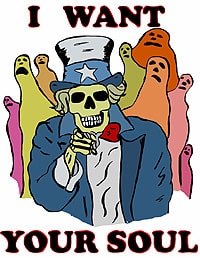

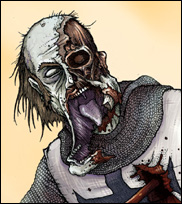

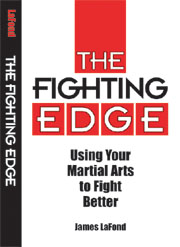
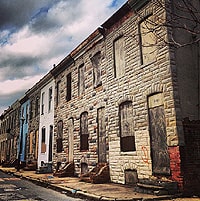

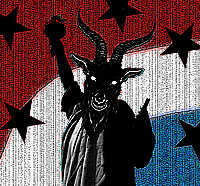

as a side note Tamerlane was Tamer the Lame He had some defect. Because he could not walk well, was he a greater horseman. Which was a big deal in his time.
Tamar was also the name of the BOSTON BOMber. The one who died,,run over by his brother who escaped to be captured in a BOAT,by the popo. Yea sounds like real life to me.